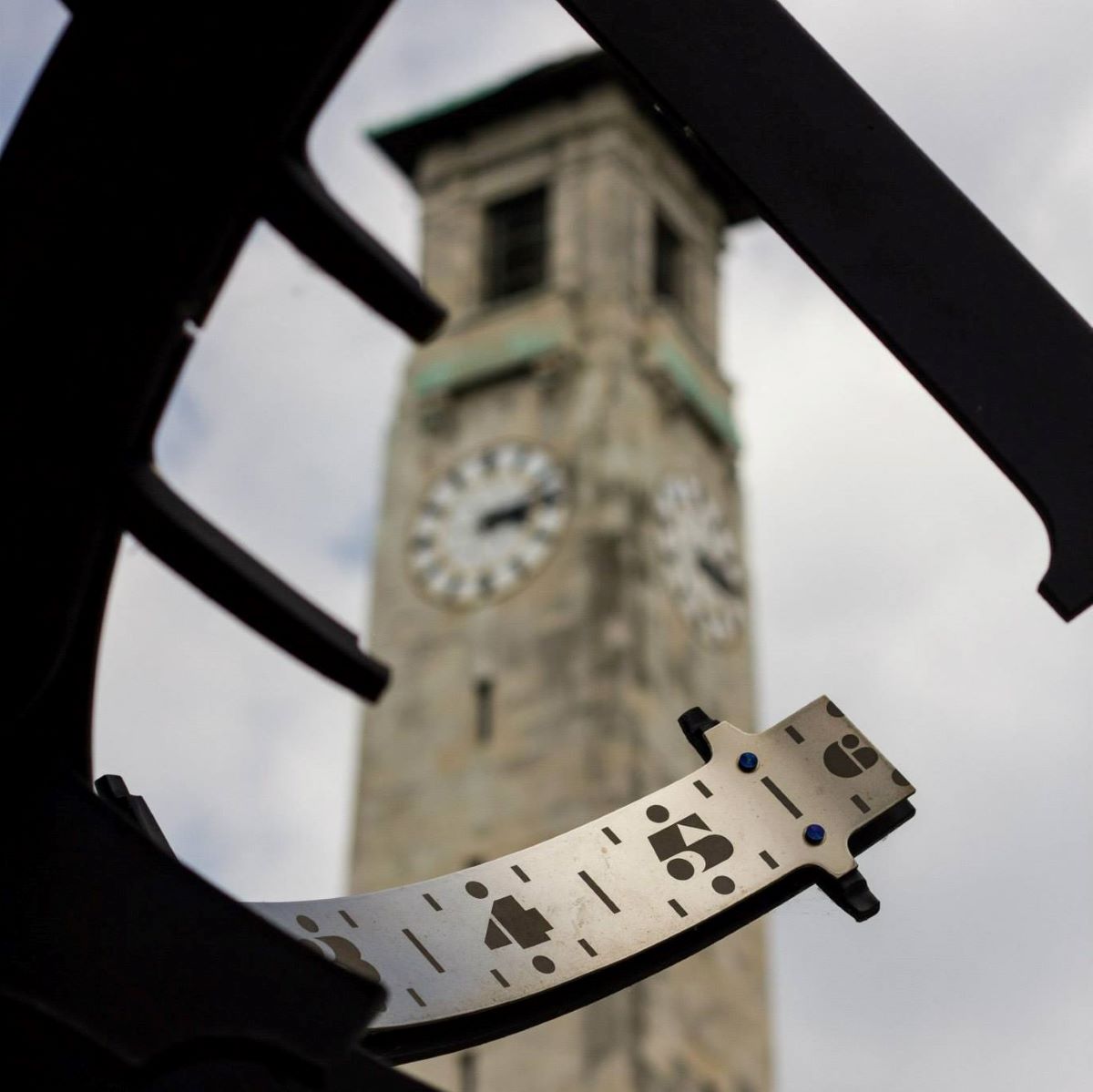by Martin Brisland.
The current Coronavirus pandemic is obviously worrying but such major health events are sadly nothing new. Southampton has been an important port for centuries but the passage of many people through it from all over the world means that it is prone to importing diseases.
In the 1300s we had a leprosy hospital dedicated to St. Mary Magdalene (said to have changed into Maryland then Marlands) situated near the present day Civic Centre. Leprosy died out and our last warden of the hospital was pensioned off in the 1420s. There are information plaques about leprosy on the corner of Watt’s Park opposite the James Matthews building of Solent University.
Perhaps the most well known pandemic is that of the Black Death which from 1331 to 1353 killed an estimated 75 million people.In 1348 it arrived via a boat at Melcombe Regis near Weymouth and Southampton lost about 25% of its population.
Southampton had regular trade with Italians in the Middle Ages. The practice of quarantine began in Venice during the 14th century in an effort to protect coastal cities from epidemics. Ships arriving from infected ports were required to sit at anchor for 40 days. This practice was derived from the Italian words “quaranta giorni” which means 40 days.
In the early 1500s many died from ‘sweating sickness’, possibly a virulent flu strain. Plague struck again in London in 1563 with about 400 deaths. Victims’ houses had red crosses put on them. Another outbreak occurred in 1592/93. London theatrical performances stopped and actors travelled the country. We know that Lord Strange’s players visited Southampton and performed inside the Bargate at this time. Shakespeare was a member of the company but we don’t know if he was one of the actors who visited here.
Since doctors were expensive, many ordinary people went to see a local “wise woman” if they were ill or needed help with childbirth. Their knowledge of herbal remedies and “old wives tales” was useful up to the start of the NHS in 1948.
The London Great Plague of 1665 spread to Southampton and one estimate says 1,700 died. The Southampton Mayor appealed for help and King Charles II sent £50, doctors and 20 tuns of French wine.
Cholera has seen multiple outbreaks throughout history. The first began in 1817 in Indian claiming the lives of 10,000 British troops stationed there. In 1849 cholera came to the town with some 200 people dying mostly in the Simnel Street, Back of the Walls and Kingsland areas. Further outbreaks in 1865 and 1886 led to 41 and 100 local deaths respectively.
Local philanthropist Edmund Kell (1799-1874) is remembered today by the church just off London Road which bears his name. His wife Elizabeth was active in helping local prostitutes. Under the Contagious Diseases Act 1864 suspected prostitutes in certain towns such as Southampton could be detained and even put into asylums after being forced to undergo examinations for sexually transmitted diseases.
The Spanish Flu epidemic of 1918-20 also claimed an estimated 250,000 lives nationally. One strong, fit Southampton policeman collapsed on duty and died. This disease could kill within hours. It infected 500 million people, often young adults. More people were killed by it than in World War I.
The City of Adelaide was built in 1864 and was used to carry passengers who were emigrating to Australia. However from 1883 to 1923 she became an isolation hospital off Millbrook Point in Southampton, This floating hospital housed people and seafarers who had a disease and who were wishing to come to Britain. Yellow Fever was extremely common in tropical countries at this time spread from human to human by infected mosquitoes. The Adelaide Medical Centre near Tesco in Millbrook is named after the ship which has been preserved and today is back in Adelaide, Australia.
- Picture: Mike Daish

